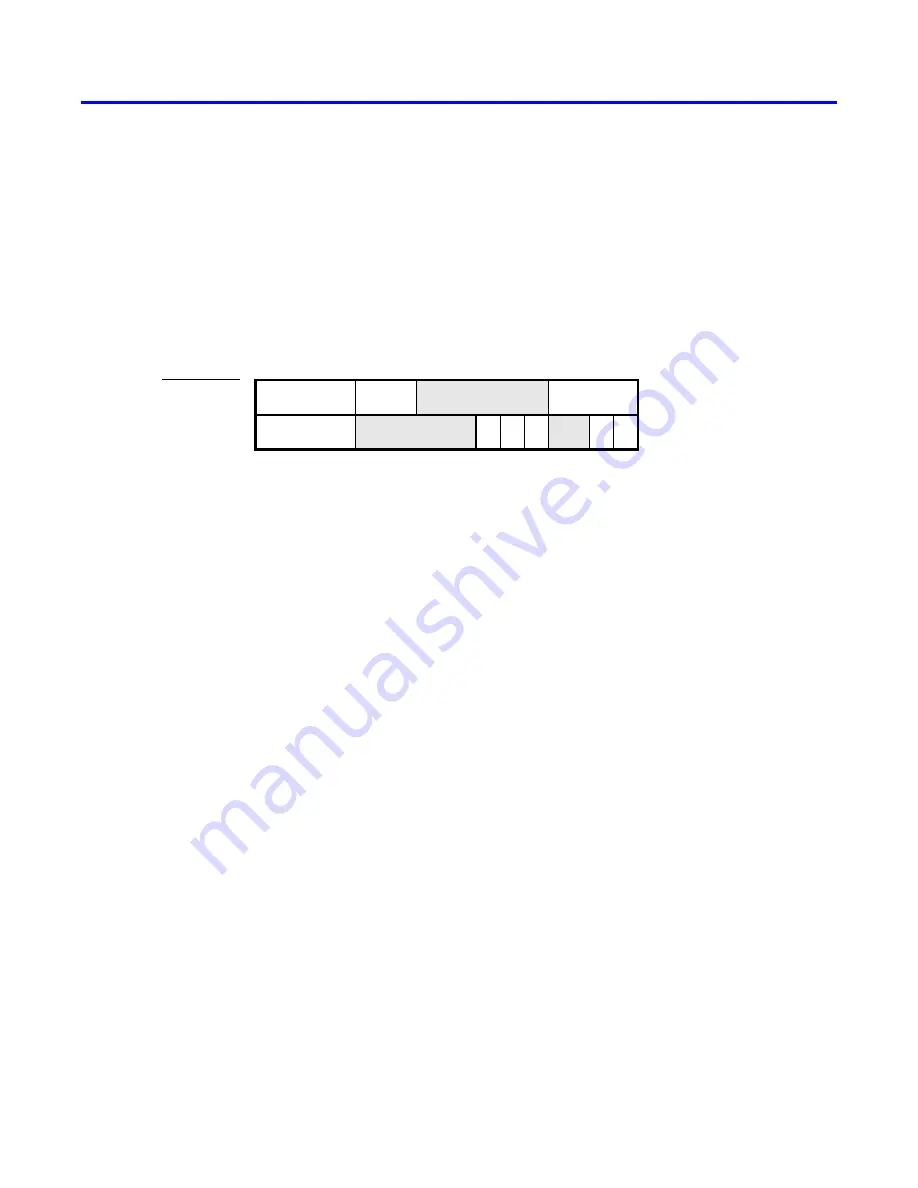
DE1-S
O
C C
OMPUTER
S
YSTEM WITH
N
IOS
II
For Quartus II 15.0
2.5
JTAG Port
The JTAG port implements a communication link between the DE1-SoC board and its host computer. This link
can be used by the Altera Quartus II software to transfer FPGA programming files into the DE1-SoC board, and
by the Altera Monitor Program, discussed in Section
8
. The JTAG port also includes a UART, which can be used
to transfer character data between the host computer and programs that are executing on the Nios II processor. If
the Altera Monitor Program is used on the host computer, then this character data is sent and received through its
Terminal Window
. The programming interface of the JTAG UART consists of two 32-bit registers, as shown in
Figure
10
. The register mapped to address
0xFF201000
is called the
Data
register and the register mapped to
address
0xFF201004
is called the
Control
register.
Address
0
7
31
16
. . .
0
x
FF201000
0
x
FF201004
DATA
RAVAIL
14
8
. . .
. . .
WSPACE
Unused
WI RI
WE RE
1
RVALID
AC
10 9
11
Unused
15
Data register
Control register
Figure 10. JTAG UART registers.
When character data from the host computer is received by the JTAG UART it is stored in a 64-character FIFO.
The number of characters currently stored in this FIFO is indicated in the field
RAVAIL
, which are bits 31
−
16 of the
Data
register. If the receive FIFO overflows, then additional data is lost. When data is present in the receive FIFO,
then the value of
RAVAIL
will be greater than 0 and the value of bit 15,
RVALID
, will be 1. Reading the character
at the head of the FIFO, which is provided in bits
7
−
0
, decrements the value of
RAVAIL
by one and returns this
decremented value as part of the read operation. If no data is present in the receive FIFO, then
RVALID
will be set
to 0 and the data in bits
7
−
0
is undefined.
The JTAG UART also includes a 64-character FIFO that stores data waiting to be transmitted to the host computer.
Character data is loaded into this FIFO by performing a write to bits 7
−
0 of the
Data
register in Figure
10
. Note
that writing into this register has no effect on received data. The amount of space,
WSPACE
, currently available in
the transmit FIFO is provided in bits 31
−
16 of the
Control
register. If the transmit FIFO is full, then any characters
written to the
Data
register will be lost.
Bit 10 in the
Control
register, called
AC
, has the value 1 if the JTAG UART has been accessed by the host computer.
This bit can be used to check if a working connection to the host computer has been established. The
AC
bit can be
cleared to 0 by writing a 1 into it.
The
Control
register bits
RE
,
WE
,
RI
, and
WI
are described in Section
3
.
2.5.1
Using the JTAG UART with Assembly Language Code and C Code
Figures
11
and
13
give simple examples of assembly language and C code, respectively, that use the JTAG UART.
Both versions of the code perform the same function, which is to first send an ASCII string to the JTAG UART, and
then enter an endless loop. In the loop, the code reads character data that has been received by the JTAG UART,
and echoes this data back to the UART for transmission. If the program is executed by using the Altera Monitor
Program, then any keyboard character that is typed into the
Terminal Window
of the Monitor Program will be echoed
Altera Corporation - University Program
2015
9
























